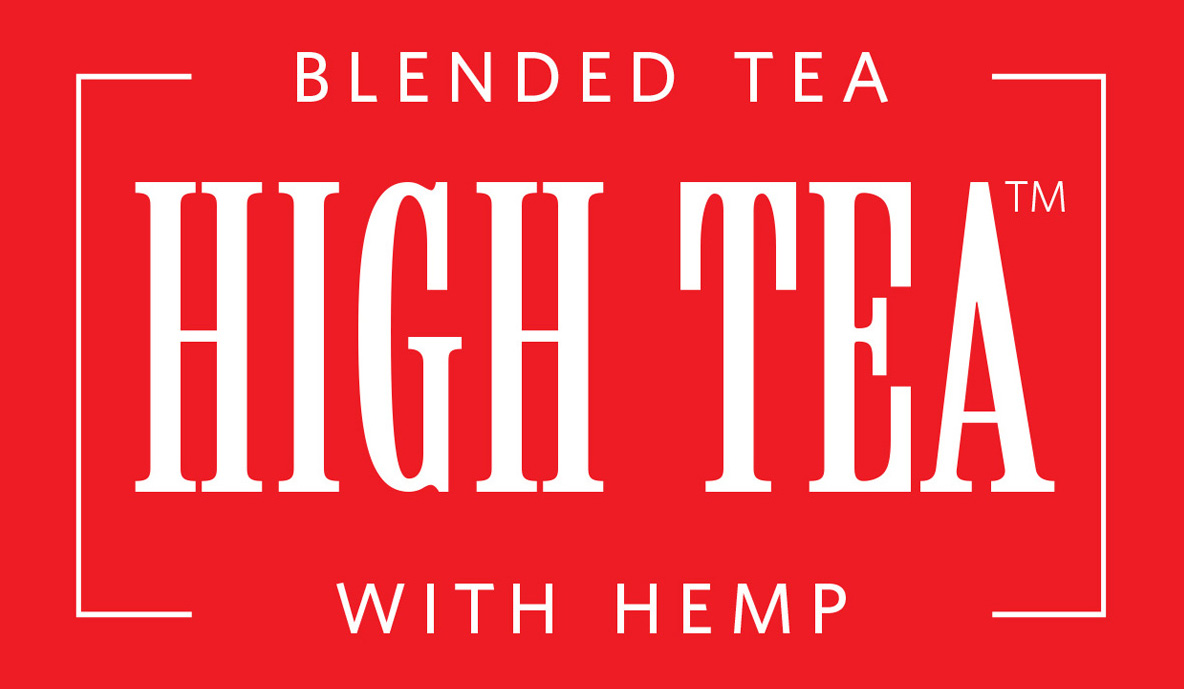A Brief History of Hemp
Enjoy A Cup of Tea
while looking into America's past...
In its earliest industrial form, hemp represents a staple in American history.
This cash crop, ideal for creating everything from fabric to rope, had powers even our founding fathers recognized and benefited from. It would later become the fabric used to create the Declaration of Independence.
George Washington advocated for the growth of hemp and even grew hemp himself. He used it commonly as one of his three major cash crops at Mount Vernon. While leading a young nation Washington understood the necessity for such a useful plant. Thomas Jefferson in his presidency also encountered the wonders of hemp when he traveled to France to trade the plant. At the height of its use in the 1760's, the growth of hemp in areas such as Virginia was in such high demand that it was possible to be jailed for not harvesting the crop. In fact, hemp was considered legal tender up until the early 1800's. Imagine paying taxes with hemp? From then until now, there has been no denying the strength and capability of this fruitful plant.
“Hemp is of first necessity to the wealth & protection of the country.” -Thomas Jefferson
“Make the most you can of the Indian Hemp seed and sow it everywhere.”- George Washington
Today, hemp is continued to be used for various benefits including health. Its value naturally provides proteins, unsaturated fats, fiber and minerals among other important nutritional needs.
A bridge between two leaves...



